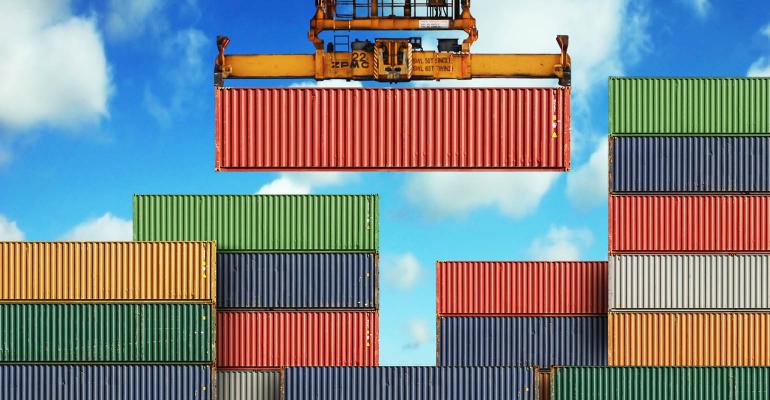Getting space from vessel operators, port congestion, vessel delays, port skips and roll over problems — it is not a piece of cake for NVOs today.
One of the major reasons for these issues is COVID-19, which brought Travel and transportation restrictions into effect all over the world, leading to sales & procurement dropping drastically along with global trade.
Container shortages have become a serious problem in the logistics industries, not only affecting the global shipping industry, but bringing a strong negative impact on manufacturers, traders and retail businesses.
When countries entered into lockdown, their economic activities were restricted, including minimizing the number of workers in ports/depots/warehouses/CFS. In turn, this reduced the speed of cargo/custom handling, and clearing.
On top of that, many small and medium sized factories temporarily closed in different locations in Asia, mainly China. These closures led to a large number of containers being stopped. They became long-aging units at terminals and inland depots and their next move was uncertain.
As the movement of cargo was limited, shipping lines reduced the number of ships to stabilize costs and maintain freight levels and used blank sailings, which are another headache for NVOs/Customers as they limit options of sailings from vessel operators. As an additional factor, when shipping lines reduced the number of vessels, they were not able to collect empty containers at all.
But the main question still remains, that is, where are the containers and why is no one able to access them easily? Be it NVOCC/freight forwarder or even shipper?
As an NVOCC and based on my practical experience, I understand that in most cases the containers are lying at ports/terminals and inland depots, leading to port/depot congestions. The same situation persists for all major transshipment Hubs, like Singapore/Jebel Ali/Hong Kong/Busan/Shanghai/Colombo etc. Meanwhile, the majority of containers are also onboard vessels for long haul, especially from China/South East Asia to USA/Europe, hence the largest container shortage is in Asia, while Europe/Mediterranean also face a deficit.
Due to these circumstances, vessels started omitting some ports. This is one of the common reasons for vessel delays; even if containers are at port ready for loading to vessel, they instead roll over onto the next sailing. There is no surety, as vessels right now are not being operated according to their fixed schedules. This is also the reason why containers are being moved via one or two transshipment ports, which simply swaps the short transit time to a longer one.
Considering all these current factors and due to limited container access, manufacturers have driven up the prices of new containers and the traders who sell second hand containers have already created a hype in prices. This is a phenomenon not only in Asia/Europe but almost everywhere. Cargo-worthy containers which an NVOCC could easily buy for $800-$1200 bracket before 2020, now come in the range of $2200-$2800. Likewise container leasing rates have also skyrocketed by between 30% and 50%.
Carriers/vessel operators are also trying to secure their profits, which is affecting container shortages, particularly in Asian countries. Carriers prioritize long haul shipments—generally from China to North America and Europe—where they can make more profit compared to short haul shipments within Asia. That’s why there are no empty containers in some regions.
Vessel operators are announcing General rates increase (GRI) for their COCs and slots up to twice a month. On some routes, they apply it on weekly sailings but do not make any assurance that they will accept bookings for space on a regular basis, which causes the ultimate war of space between NVOCCs who are also compelled to buy the slots on dead freight basis but are still subject to containers availability.
There is no need, to stress on the fact that this is one of the toughest times for those internationally engaged in the logistics industry and nobody knows when this situation will return to streamline condition. According to some organizations and resources they anticipate that it may continue until the end of this year.
Nonetheless, we all have to survive and try to sustain our services especially NVOs/Forwarders, by accepting and facing the current situations in terms of reality. At this point, all we can do is to explain the current logistics problems and situations to our customers, to get their understanding and do our best by focusing on what we can control, rather than to look at something we are unable to control.
Rehan Khan, is one of the Directors & Co-Owners of VMR Lines
Copyright © 2024. All rights reserved. Seatrade, a trading name of Informa Markets (UK) Limited.
Add Seatrade Maritime News to your Google News feed.  |

